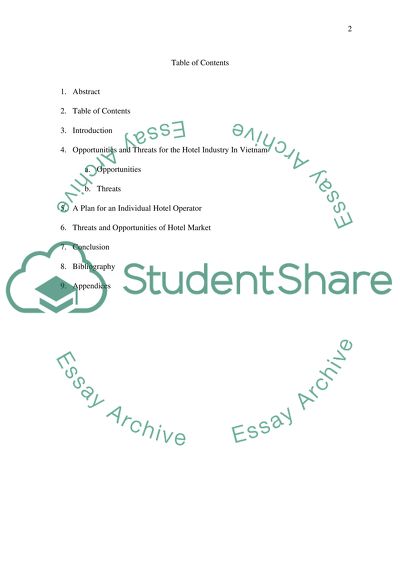Cite this document
(Threats and Opportunities of Hotel Market in Vietnam Research Paper, n.d.)
Threats and Opportunities of Hotel Market in Vietnam Research Paper. Retrieved from https://studentshare.org/tourism/1504637-strategic-hotel-management-issues
Threats and Opportunities of Hotel Market in Vietnam Research Paper. Retrieved from https://studentshare.org/tourism/1504637-strategic-hotel-management-issues
(Threats and Opportunities of Hotel Market in Vietnam Research Paper)
Threats and Opportunities of Hotel Market in Vietnam Research Paper. https://studentshare.org/tourism/1504637-strategic-hotel-management-issues.
Threats and Opportunities of Hotel Market in Vietnam Research Paper. https://studentshare.org/tourism/1504637-strategic-hotel-management-issues.
“Threats and Opportunities of Hotel Market in Vietnam Research Paper”, n.d. https://studentshare.org/tourism/1504637-strategic-hotel-management-issues.


